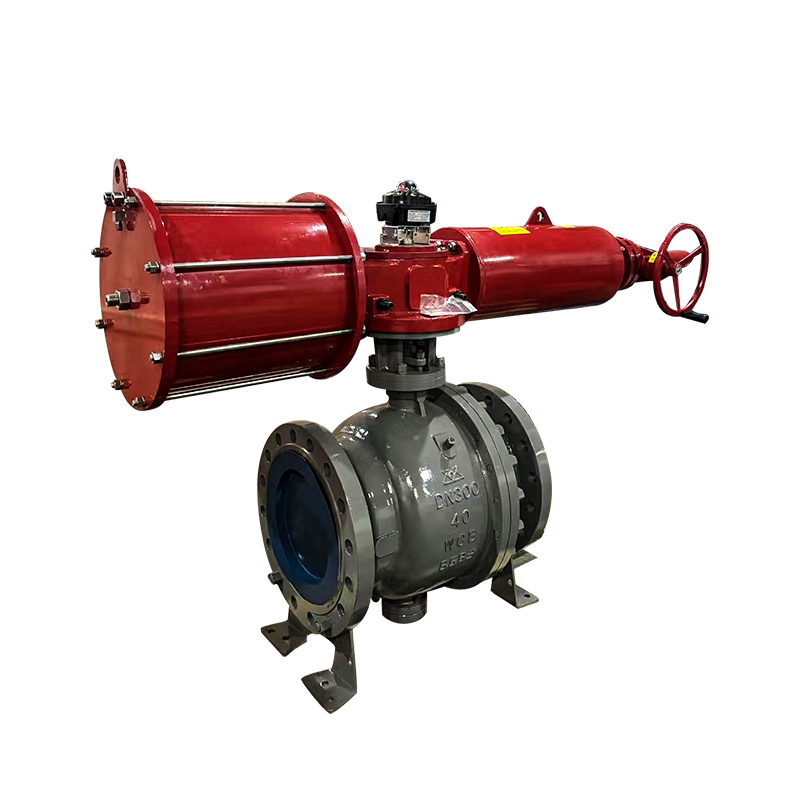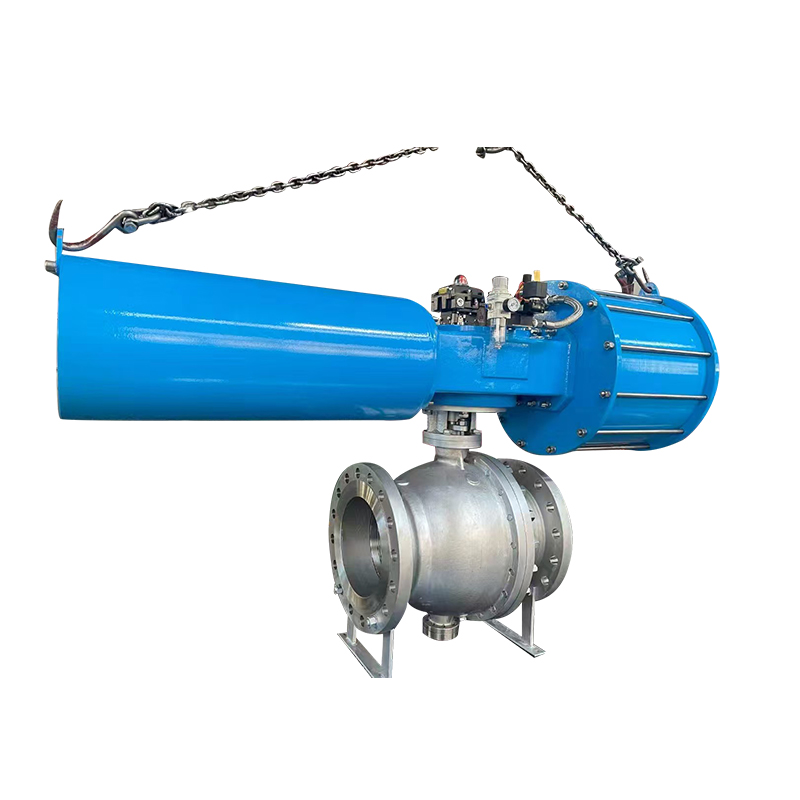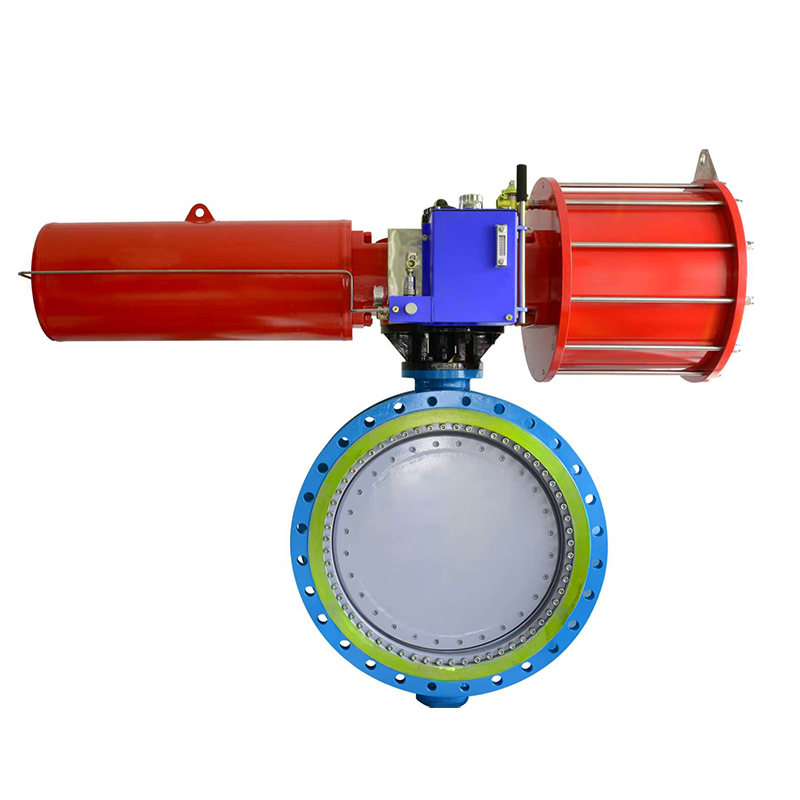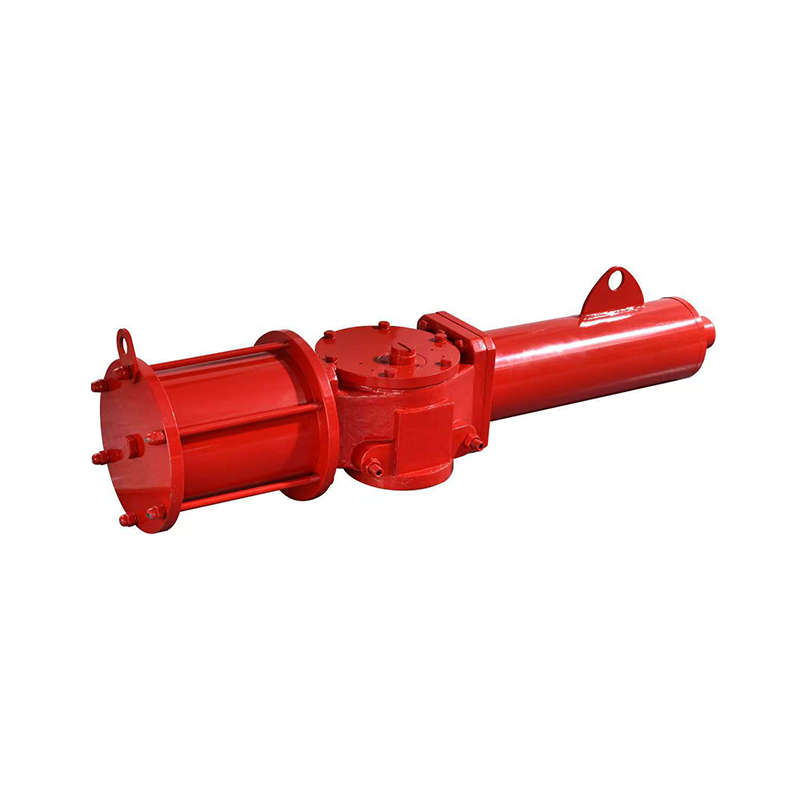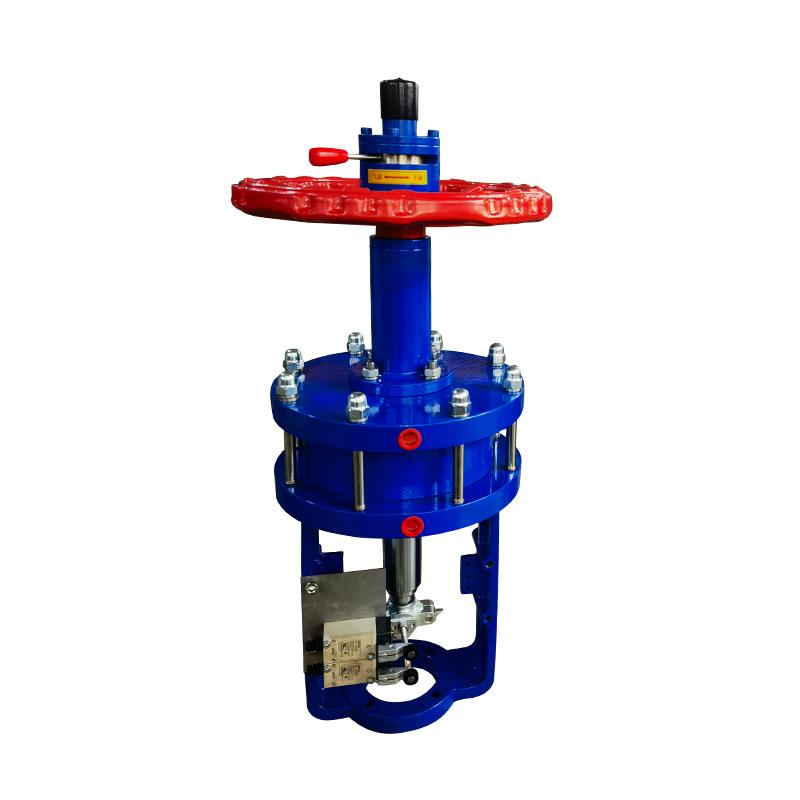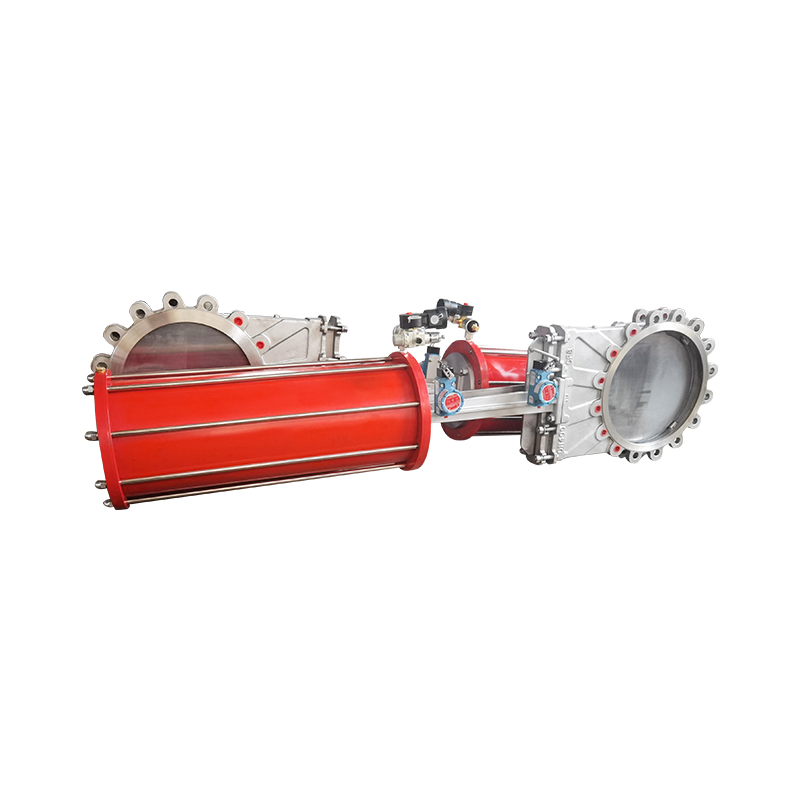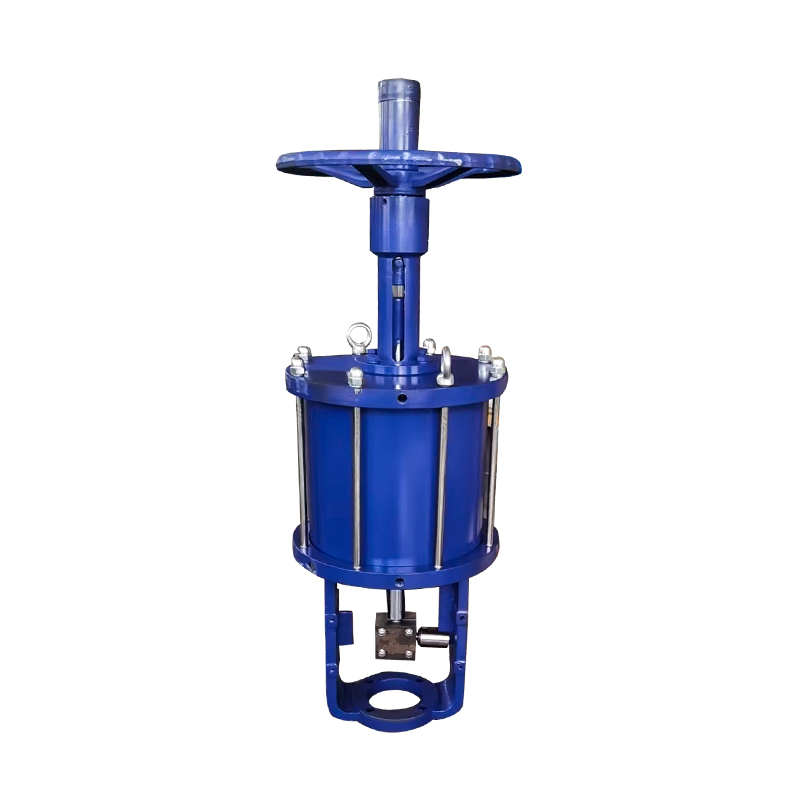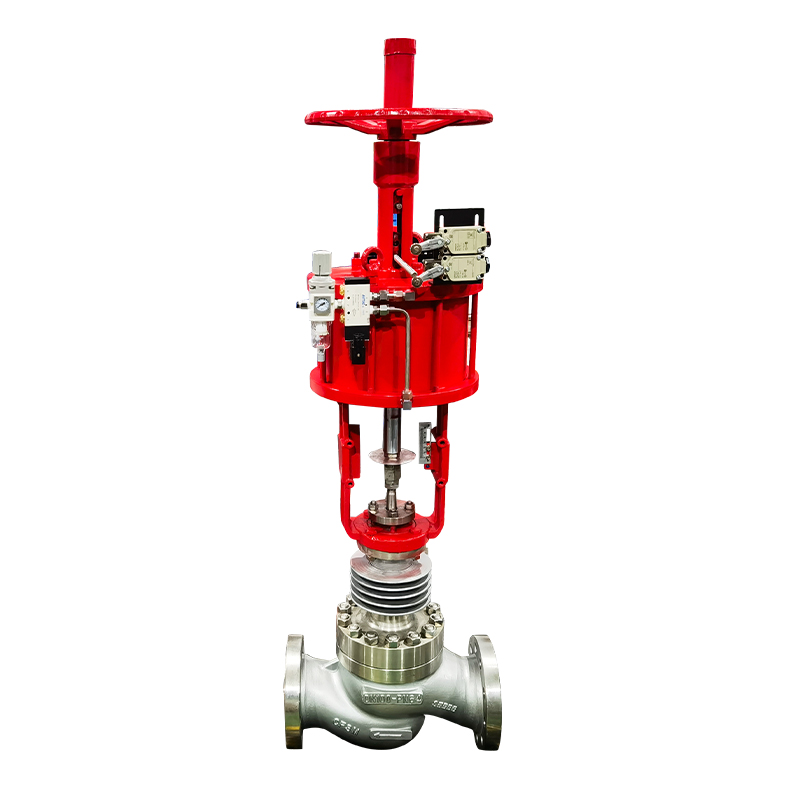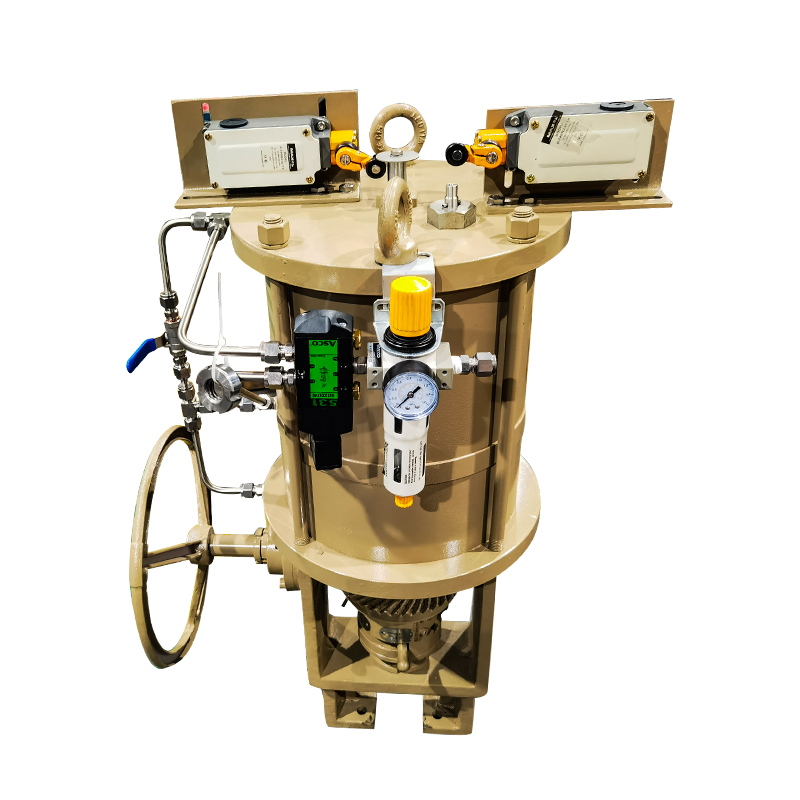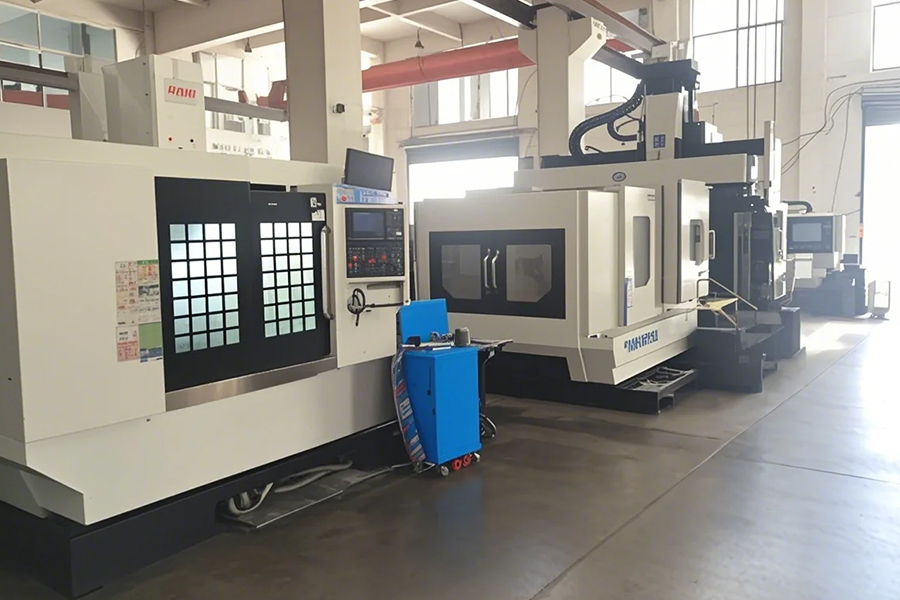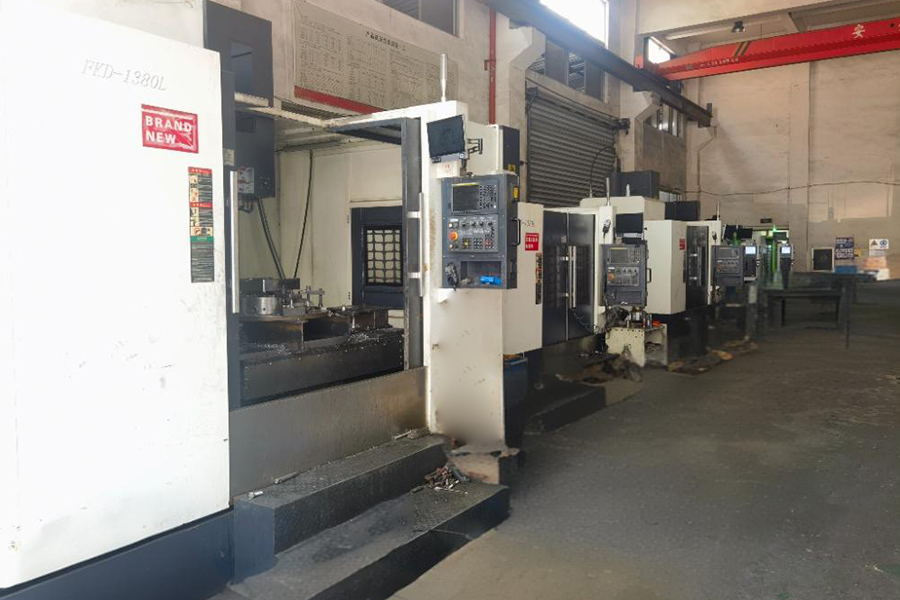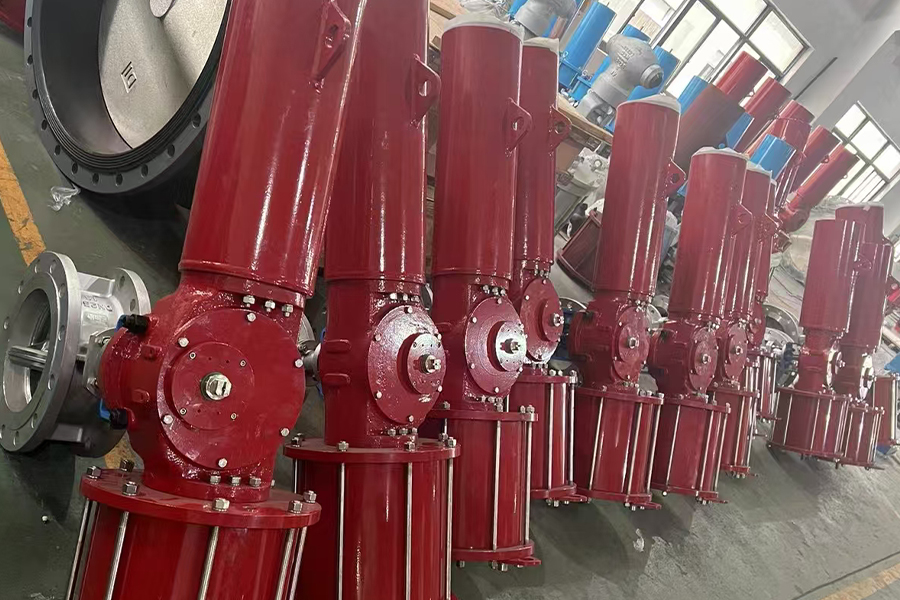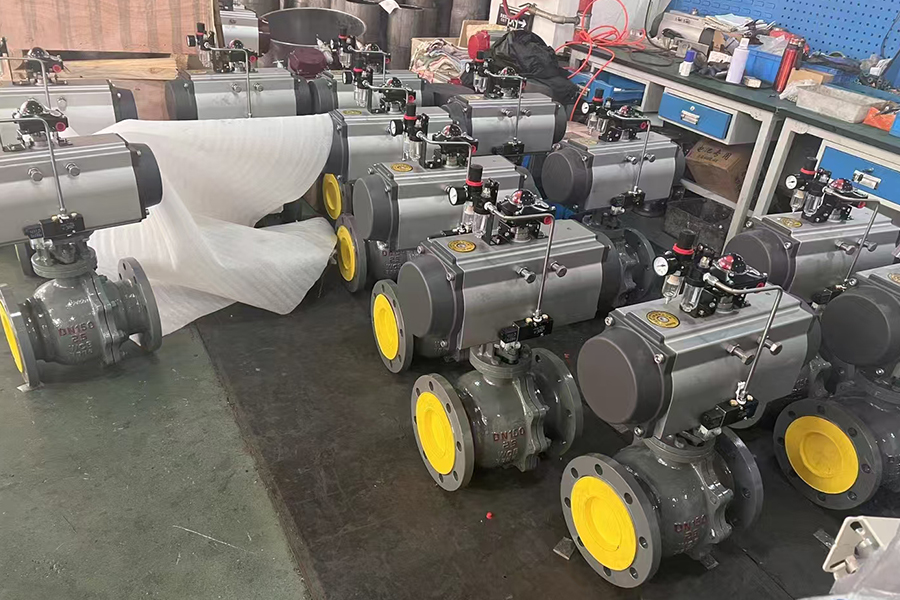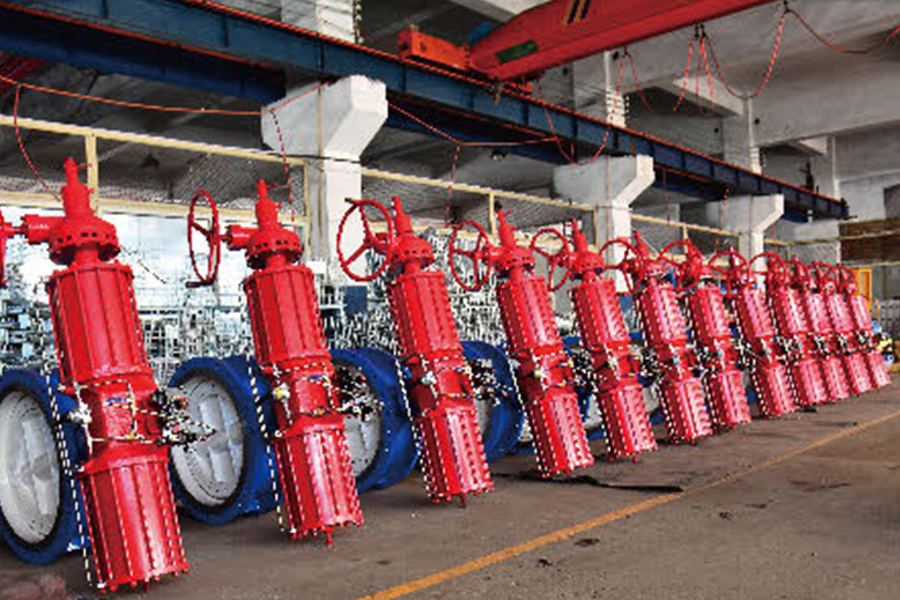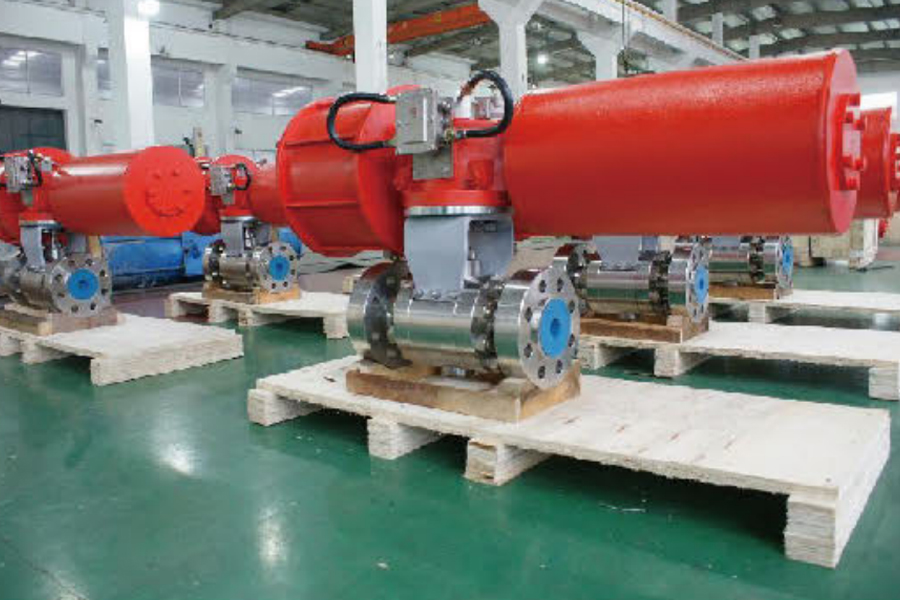The 3-way actuated valve is a versatile and essential component in industrial systems, particularly for controlling the flow of gases, liquids, or steam in multiple directions. These valves are often used in piping systems that require flow diversion, mixing, or splitting of media. The cost benefit of 3-way actuated valves is significant due to their ability to perform multiple functions with a single valve, reducing both installation and operational costs in comparison to using separate valves for each function.
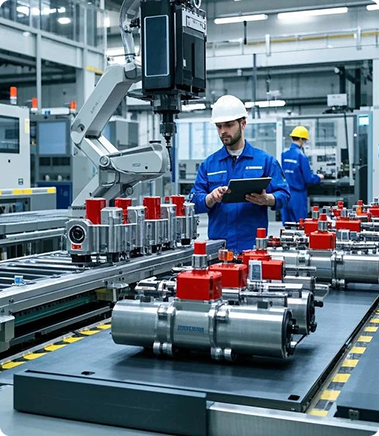
One of the primary cost benefits of 3-way actuated valves is space-saving. In complex systems where space is limited, these valves help simplify the design by performing multiple tasks within a compact unit. For example, a 3-way valve can divert the flow from one pipe to another, eliminating the need for additional valves or complex piping setups. This not only saves space but also reduces the overall complexity of the system, which can result in lower installation and maintenance costs.
Additionally, 3-way actuated valves are designed to improve operational efficiency. The integration of the actuator provides fast, precise, and reliable operation, enabling quick responses to changing system conditions. This automation reduces the need for manual intervention and improves safety by the risk of human error. Over time, the cost-effectiveness of these valves becomes apparent through lower labor, maintenance, and repair expenses.
The 1 ball valve with pneumatic actuator is a crucial component used in industries requiring high levels of hygiene and reliability, such as food processing, pharmaceuticals, and biotechnology. These valves are designed for precise control of fluid or gas flow, and their unique construction ensures hygiene standards and reliable operation under varying conditions.
One of the important factors in industries like food and beverage or pharmaceuticals is the ability to meet strict hygiene standards. The 1 ball valve is designed to be easy to clean, with smooth internal surfaces that prevent the buildup of contaminants. The pneumatic actuator provides reliable, fast, and automated valve operation, ensuring that the valve functions correctly without requiring human intervention, which can reduce the risk of contamination during operation. The simplicity and reliability of the design make it a popular choice in environments where cleanliness is essential.
Moreover, the reliability of a pneumatic actuator adds to the overall performance of the valve. These actuators are known for their fast response time and durability, even under high-pressure or high-temperature conditions. The actuator's ability to function efficiently in demanding environments ensures that the 1 ball valve will continue to perform reliably over time, reducing the risk of failures that could downtime or contamination issues.
The pneumatic sanitary tank bottom valve is a vital component in industries where hygienic standards are of the importance, such as dairies, breweries, and pharmaceutical plants. This valve is primarily used for draining or discharging fluids from tanks while maintaining high levels of cleanliness and preventing contamination.
One of the key features of the pneumatic sanitary tank bottom valve is its sanitary design. Made from materials that comply with industry hygiene standards, such as stainless steel, the valve is easy to clean and resistant to the buildup of contaminants. The smooth surface finish prevents the accumulation of particles, bacteria, or other residues, ensuring that the fluids inside the tank are not compromised. This design feature is essential in industries where product purity is critical, such as in the food and beverage and pharmaceutical industries.
The pneumatic actuator used in these valves allows for precise and reliable control of the opening and closing functions, ensuring a secure seal during operation. The actuator can be easily integrated into automated systems, reducing the need for manual intervention. This automation enhances the efficiency and safety of the process, as it can operate continuously and handle large volumes of fluid without human error.








